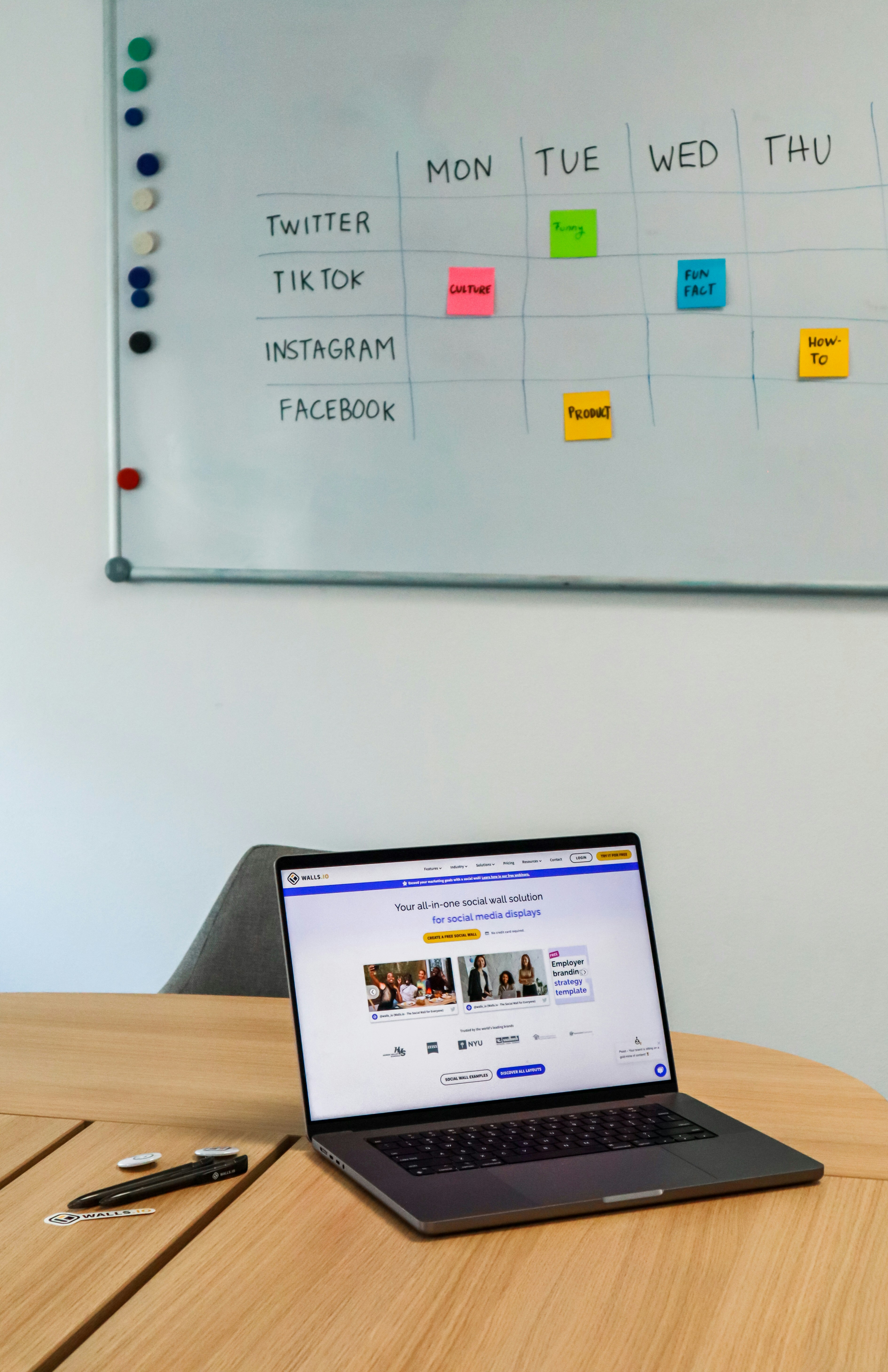
Understanding Social Media Algorithms
Social media platforms rely on complex algorithms to determine which content is displayed on users’ feeds. These algorithms are designed to enhance user experience by prioritizing posts that are most likely to engage a particular user based on their behavior and preferences. Understanding how these algorithms function is essential for anyone looking to maximize their social media reach.
At the core of these algorithms is engagement. Social media sites favor posts that exhibit higher levels of interaction, such as likes, shares, comments, and saves. When users engage with a post, they signal to the algorithm that the content is valuable or interesting, increasing its visibility in their feed. Consequently, timing becomes a critical factor; posting when your audience is most active enhances the likelihood of engagement, thereby boosting your post’s reach.
Additionally, user activity trends significantly influence algorithm performance. Each social media platform gathers historical data regarding user engagement patterns. For example, users may exhibit consistently high engagement during certain times of the day or week. By analyzing this data, brands can determine optimal posting times that align with their audience’s online habits. The relevance of the content is also vital; posts that resonate with users are more likely to be shared and interacted with, further amplifying their reach.
In summary, grasping the intricacies of social media algorithms is indispensable for achieving maximum reach and engagement. By focusing on strategic timing, understanding user behavior, and delivering relevant content, individuals and brands can navigate these algorithms more effectively, ensuring their posts receive the attention they deserve in an ever-competitive digital landscape.
General Best Practices for Posting Times
Understanding when to post on social media can greatly enhance user engagement and reach across various platforms. While optimal times may vary depending on the specific network, certain general practices have emerged from analyzing user activity trends. For Facebook, studies indicate that engagement peaks on weekdays, particularly between Wednesday and Friday, during lunch hours from 11 AM to 1 PM. The optimal posting days appear to be Thursday and Friday, when users are most active. Sharing updates on weekends can also yield good results, particularly on Sundays, though activity tends to taper off compared to weekdays.
Instagram, on the other hand, shows a different pattern. Insights suggest that the best times to post are during lunch hours and after work, typically between 11 AM and 1 PM and 7 PM to 9 PM on weekdays. Engagement tends to dip during late nights and early mornings. Weekends can be fruitful for engagement as well, especially on Saturdays. Posting consistent visual content during these high-traffic times can significantly increase visibility and interaction with audiences.
When considering Twitter, data reveals that tweets are most frequently engaged with during weekdays, specifically on Wednesdays, around noon. This platform’s fast-paced nature encourages posting at times when users are on their breaks. For LinkedIn, posting during business hours shows greater effectiveness, with Tuesdays, Wednesdays, and Thursdays from 10 AM to 12 PM being prime opportunities for professional engagement. Lastly, TikTok, an emerging platform, shows that evenings, from 6 PM to 10 PM, are optimal, as users tend to engage more vigorously during their leisure times. Overall, aligning your posting strategy with these general best practices offers a solid foundation to enhance reach and engagement across social media channels.
Audience-Specific Engagement Insights
Understanding when to post on social media can significantly impact the effectiveness of content engagement. Businesses and content creators must consider various strategies to identify optimal posting times tailored to their specific audiences. One fundamental approach involves analyzing engagement metrics from previous posts. By examining data such as likes, shares, and comments, it becomes possible to discern patterns that reveal when your target audience is most active online.
Utilizing social media insights tools provided by platforms like Facebook and Instagram can greatly assist in this endeavor. These tools offer comprehensive analytics, showcasing user activity trends and engagement rates over different times of the day and week. By leveraging these insights, creators can strategically schedule posts to align with peak interaction periods, ensuring maximum visibility and reach.
Conducting audience surveys also proves beneficial in identifying the most effective posting times. Surveys can solicit direct feedback from followers regarding their preferred times for consuming content, thus providing valuable information tailored to your audience’s specific habits. In addition to these strategies, demographic factors must not be overlooked. Parameters such as age, location, and time zone significantly influence when users are likely to engage with social media content. For instance, younger audiences may be more active during evenings or late nights, while professionals might engage during lunch hours or commuting periods.
Fine-tuning your posting strategy to align with these demographic insights can lead to enhanced engagement and reach. Since audience behavior may evolve over time, it’s crucial to regularly reassess and adjust posting schedules accordingly. By taking a data-driven approach and understanding the unique characteristics of your audience, creators can optimize their social media presence and enhance overall engagement.
Testing and Adjusting Your Posting Strategy
To effectively maximize reach on social media platforms, it is essential to adopt a strategy of continual testing and adjustments. The landscapes of social media are ever-evolving, influenced by user behavior, platform algorithms, and trending topics. As such, it is imperative to meticulously track and analyze post performance across various times to optimize engagement.
One of the most efficient methods for experimentation in social media posting is A/B testing. This involves publishing two versions of content at different times or through varied formats to assess which garners a higher level of interaction. By carefully monitoring likes, shares, comments, and click-through rates, you can derive valuable insights into your audience’s preferences. Employing analytics tools can further enhance this process, offering metrics and data that reflect not only engagement rates but also follower demographics and behavior patterns.
Moreover, it’s critical to remain flexible and adaptable in your strategy. What works well today may not hold the same effectiveness tomorrow. By routinely assessing your posting schedule and incorporating new findings, you can pivot as necessary to respond to shifting trends and changing audience behaviors. This ongoing process ensures that your content remains relevant and engaging, allowing you to reach a broader audience over time.
Lastly, don’t forget to consider the nuances of different platforms. Each social media channel may have its own optimal posting times based on user habits. Therefore, tailoring your approach for each platform, based on data-driven insights, can dramatically enhance your overall reach.
In conclusion, testing and adjusting your posting strategy is an essential aspect of maximizing reach on social media. Through systematic evaluation and a willingness to adapt, you can better connect with your audience and elevate your brand’s presence online.


